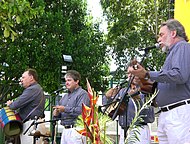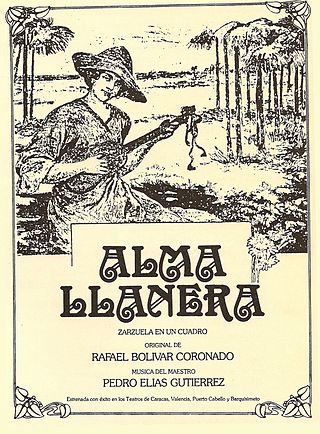
Several styles of the traditional music of Venezuela, such as salsa and merengue, are common to its Caribbean neighbors. Perhaps the most typical Venezuelan music is joropo, a rural form which originated in the llanos, or plains.

Ciudad Bolívar, formerly known as Angostura and St. Thomas de Guyana, is the capital of Venezuela's southeastern Bolívar State. It lies at the spot where the Orinoco River narrows to about 1 mile (1.6 km) in width, is the site of the first bridge across the river, and is a major riverport for the eastern regions of Venezuela.
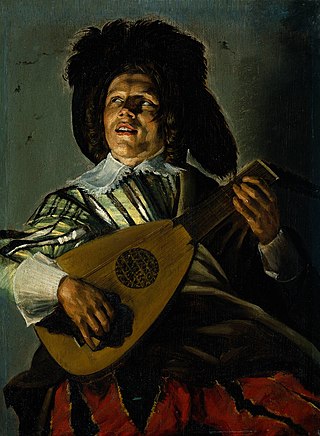
In music, a serenade is a musical composition or performance delivered in honour of someone or something. Serenades are typically calm, light pieces of music. The term comes from the Italian word serenata, which itself derives from the Latin serenus. Sense influenced by Italian sera "evening", from Latin sera, fem. of serus "late".

The cultures of Venezuela are diverse and complex, influenced by the many different people who have made Venezuela their home. Venezuela has distinctive and original art, literature and music.
Maracaibo 15 is a Venezuelan gaita band. Founded in 1974 by singer Betulio Medina in Maracaibo, the name of this group reflects the fact that it was originally formed by 15 members. Maracaibo 15 combines gaita with other folkloric music genres, such as parranda, and international music genres such as cumbia and porro.
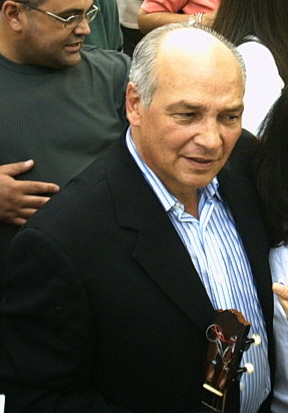
Hernan José Gamboa Alexis was a Venezuelan musician, composer and singer. He was a member of the Venezuelan fold music group Serenata Guayanesa, and later released separate albums.
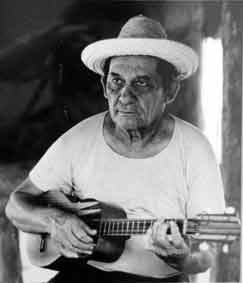
Luis Mariano Rivera (1906-2002) was a Venezuelan singer, composer, poet, and dramatist.

Enrique Hidalgo is one of the most influential popular musicians, children's poets and authors from Venezuela. Hidalgo's work includes more than 500 songs, notably "Barcelonesa”, "Presagio", "Ladron de tu amor", '“La Carta” among others, more than eight children's educational books, and many musical productions written and arranged by himself. Enrique Hidalgo is an accomplished musician and multi-instrumentalist. His compositions have been interpreted by artists such as Oscar D'Leon, Gualberto Ibarreto, Quinto Criollo, Barbarito Diez, Aida Cuevas, Serenata Guayanesa, Fania Allstars, Roberto Roena, Urbanda, Los Hidalgo, Hector Cabrera, Arabella, Juan Carlos Salazar, Edward Mena, among many others. Hidalgo is currently working in different cultural and musical projects in Florida.
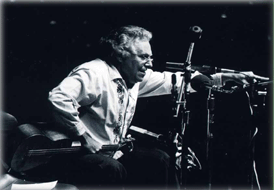
Fredy Reyna was a Venezuelan musician, arranger and performer, regarded as one of the two masters of the Venezuelan cuatro, which he elevated to the level of a concert instrument, and one of his country's most important cultural figures in the 20th century.
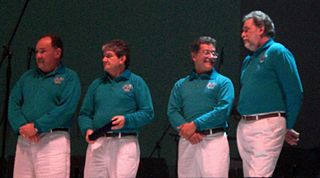
Iván Pérez Rossi is a singer and musician born in Ciudad Bolívar, Venezuela, August 3, 1943. He was a part of the musical group Serenata Guayanesa.

Los Cañoneros is a Venezuelan cañonero group. It was created to emulate the times and songs of Caracas in 1920. They made their first public appearance in Mérida, in the Bullfighting Arena of Mérida November 20, 1982.
Polo designates two forms of Venezuelan folk music. One that originates from Margarita Island and another one that is played in Coro, in the state of Falcón.

The Ensamble Gurrufío is a quartet dedicated to the research, arrangement and reinterpretation of Venezuelan instrumental music. The group has won multiple awards both nationally in its native country of Venezuela and internationally.

La música más pura y bella de Venezuela, is a Venezuelan music album, made by Juan Vicente Torrealba, Mario Suárez and Los Torrealberos, with the seal Discos Banco Largo , in this album presents different famous Torrealba's songs.

Imagen Latina is an album by Venezuelan musician Alberto Naranjo, originally released in 1992 and reedited thrice in 2002, 2008 and 2012. It is the seventh album of El Trabuco Venezolano musical project arranged and directed by Naranjo.

Benjamín Brea was a Spanish-born Venezuelan musician, arranger and teacher, mostly associated with jazz, even though he had the advantage to play several music genres in various bands as a soloist as well as sideman and conductor.

The cuatro of Venezuela has four single nylon strings, tuned (ad'f#'b). It is similar in shape and tuning to the ukulele, but their character and playing technique are vastly different. It is tuned in a similar fashion to the traditional D tuning of the ukulele, but the A and B are an octave lower. Consequently, the same fingering can be used to shape the chords, but it produces a different inversion of each chord. A cuatro player is called a cuatrista.
Serenata is the Italian word for serenade.
The term fulía refers to a variety of folk genres in Venezuela generally performed as part of the vigils of the Cruz de Mayo. Of these genres, there are two that are especially prominent: the fulía central and the fulía oriental or cumanesa.
